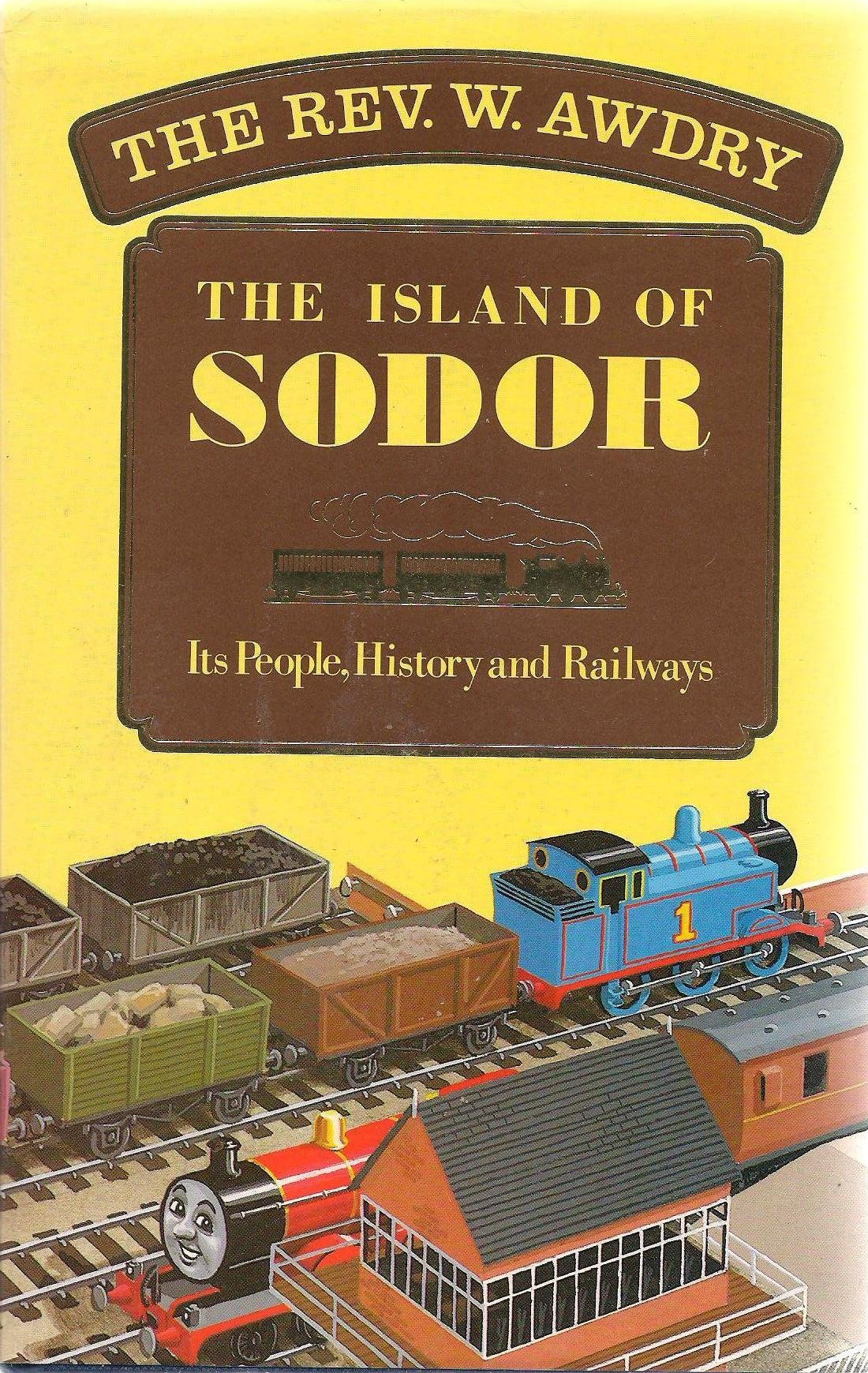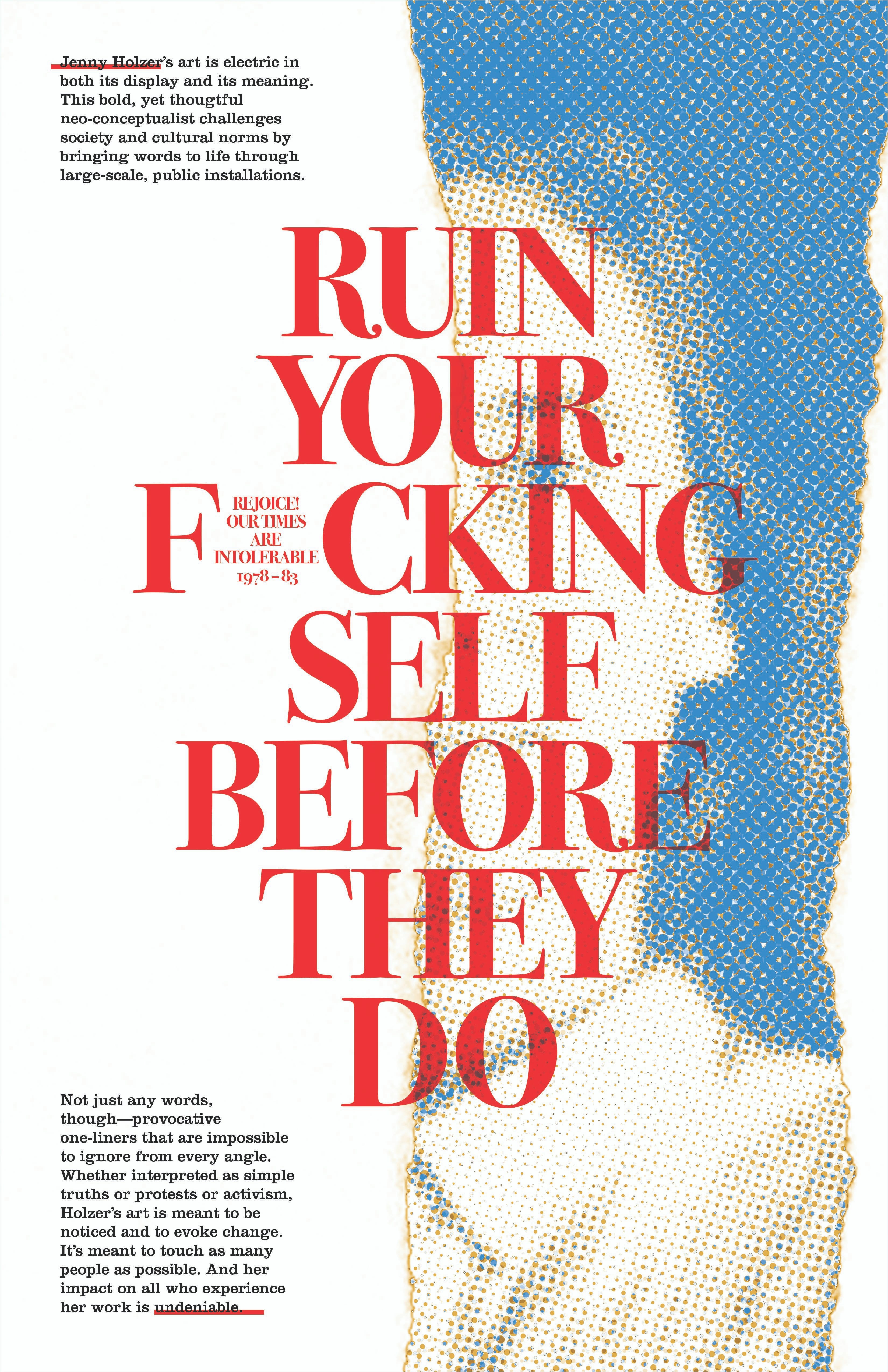CNN Original Series is set to debut a new docuseries this July; History of the Sitcom premiering with back-to-back episodes on Sunday, July 11 at 9pm and 10 pm ET/PT. Following in the footsteps of the popular CNN Original Series examining The Movies and The Story of Late Night, History of the Sitcom reunites audiences with the television friends, families, and co-workers they grew up with while introducing cutting-edge comedies that are sure to be your next binge-watch. This docuseries reunites audiences with the television friends, families, and co-workers they grew up with while introducing cutting-edge comedies that are sure to be your next binge-watch. Featuring over 180 original interviews with sitcom icons the series breaks down how sitcoms have helped generations of Americans navigate an ever-shifting cultural landscape. Following in the footsteps of the popular CNN Original Series examiningTheMoviesandThe Story of Late Night,History of the Sitcomreunites audiences with the television friends, families, and co-workers they grew up with while introducing cutting-edge comedies that are sure to be your next binge-watch.
History of the Sitcomreunites audiences with the television friends, families, and co-workers they grew up with while introducing cutting-edge comedies that are sure to be your next binge-watch. History of the Sitcom reunites audiences with the television friends, families, and co-workers they grew up with while introducing cutting-edge comedies that are sure to be your next binge-watch. The strategies employed by the creators of the critically-acclaimed show Seinfeld to reinvent the American television sitcom bear a striking resemblance to those that Gustave Flaubert devised to reinvent the French novel in the mid-nineteenth century, following late French sociologist Pierre Bourdieu's account. The eruption of modernist transvaluations in mass cultural genres serves not only to legitimate specific cultural producers against others within these genres, but raises these media-bound genres to a more legitimate status within the field of cultural production at large. Modernism is not, then, tied to any specific historical period, national culture, or medium; it is rather a recurrent and repeatable event occurring non-synchronously across diverse national, historical, and media contexts.
Such a definition opens up new possibilities in cultural studies for examining the "production" side of popular culture, which traditionally has received less attention than its "consumption" counterpart. Between the debut of I Love Lucy in 1951 and the demise of Seinfeld in 1998 spans a period of nearly 50 years. Given the monumental reformation in the television industry, changing concepts of what is considered funny, and the evolution of American society in general, 50 years may seem more like centuries. What is clear, however, is that the situation comedy has come to signify much more than the good old days of black and white television and nostalgic images of Lucy in a hoop skirt. The episodic comedy has ushered America and its people through recession, boom times, war, civil unrest, and conservative and liberal presidencies. It has challenged ideas about sex, morals, reproduction, and fashion.
The format itself has evolved, with the "situation" part playing second fiddle. Notes producer Gary Goldberg, now there are sitcom stories with no beginning, middle, and end, or four stories running simultaneously with sometimes no resolution. Moreover, 1990s sitcoms are not always funny, but have often crossed-over into drama, exploring broken marriages, alcoholism, and teenage sex. Sitcoms of the 1990s featured lovable nerds, soup Nazis, teenage witches, Korean families, dysfunctional families portrayed by cartoon characters, home improvement scenarios, and shows about nothing.
As a prominent element of American life and culture, race has often been the subject of television programming. But late-century television viewers, raised on a diet of Family Matters, The Hughleys, Roc, Fresh Prince of Bel Air, and especially The Cosby Show may find it difficult to appreciate the feelings of post-war African Americans about the depictions of black life on network television. For a century or more, African Americans endured vicious lampooning and egregious stereotyping in various forms of popular culture, including sheet music illustrations, advertising, marketing, radio, and motion pictures. Blacks were depicted as ignorant and superstitious, thick-lipped and animal-like; as servants or contented slaves in plantation tales or as dangerous savages in stories rooted in the mythical dark jungles of Africa. For postwar African-Americans, the popularity of television heralded a period of hopeful excitement. The new medium had the potential to forge positive changes in race relations as it nullified decades of pejorative depictions of black life and culture.
The frequent appearance on early television of black stars such as Billy Eckstein and Ethel Waters was met with hearty approval. In a 1950 article, Ebony magazine endorsed the "liberal exploitation of black talent" as "a sure sign that television is free of racial barriers." However, an untoward amalgamation of economic forces and historical events would soon prove otherwise. Not only had the television industry changed, so had life in America. Americans had witnessed the assassination of President John Kennedy, his brother Robert, and civil rights activist Rev. Dr. Martin Luther King Jr. The nightly news brought grim footage of the death and destruction of the Vietnam war to American dinner tables.
Civil rights protestors were doused with fire hoses and attacked with dogs to the cheers of southern bigots. Television programming, it was felt, needed to in some way reflect the needs and feelings of the current culture. Though the situation comedy and the hour-long drama would remain the primary formulas, both genres would experience a shift away from the "consensual mood" of the early years of television to include social issues and themes more appealing and "relevant" to a young, educated audience.
Like other forms of popular entertainment, commercial television has sometimes suffered from bad press. TV has been derided as a "boob tube"—a place where delinquents and couch potatoes frittered away the bulk of their sorry lives; in 1961, it was described by the Chairman of the FCC as a "vast wasteland." And what better example of all that was distasteful, moronic, and potentially culturally corrupting than the situation comedy. But the legacy of the television sitcom in popular culture encompasses more than prat falls, canned laughter, and endless reruns in syndication. From the groundbreaking achievements of the I Love Lucy show to the phenomenal success of Seinfeld, the popularity of the sitcom helped propel American commercial television from its origins as an off-shoot of radio to a multi-billion dollar industry.
The first two episodes of the eight-part docuseries, premiering back-to-back Sunday, July 11, explore the evolution of American families in sitcoms, along with the sexual revolution and integration of LGBTQ+ storylines into television. The series features more than 180 interviews with sitcom legends like Tina Fey, Norman Lear, Lisa Kudrow, and Dick Van Dyke, who break down how their shows helped generations of Americans navigate an ever-shifting cultural landscape — including bathroom censorship. At the same period that television evolved into a viable economic medium, President Harry Truman called for the integration of the U.S. armed services, Jackie Robinson broke the color barrier in professional baseball, and "freedom riders" staged non-violent demonstrations against segregated accommodations.
At this time, major sponsors produced much of the network programming that appeared during prime time. The Southern market was of great concern to advertisers and the agencies that represented them and both were reluctant to have their products too closely associated with the concerns of black people. Media historians Bogel and MacDonald note that the fear of "White economic backlash" and the threat, perceived or real, of "organized consumer resistance" caused advertisers and advertising agencies to steer clear of appearing "pro-Negro rights." First, Lucy's show was shot employing a three-camera process and using film, providing high-quality prints that could be broadcast over and over and at previously designated times. The show was filmed before a live audience, an innovation that didn't catch on with other sitcoms until nearly the 1970s.
I Love Lucy, sponsored by Philip Morris, enjoyed six full seasons as the number one watched program in the nation. Even with images and themes that are often sanitized, circumscribed, and fantasized, the sitcom has provided a compelling portrait of the American landscape throughout periods of plenty, recession, and great societal upheaval. Evolving notions about sex, fashion, urban renewal, child rearing, the government, war, and the changing status of African Americans and women have all been fodder for the producers and writers of the episodic comedy. Made-for-television movies have sometimes provided thought-provoking portraits of contemporary issues and the historical past, while realistic police-detective dramas offer striking images of the dangers of life on the street. It is the episodic comedy, however, with its humor, weekly format, and regular characters, that has most soundly featured the taboos, preoccupations, prejudices, obsessions, fads and fixations of twentieth century American society—not only by what was shown on the small screen but also by what was sometimes omitted.
The eight-part docuseries features over 180 original interviews with sitcom icons, breaking down how these shows have helped generations of Americans navigate an ever-shifting cultural landscape. The network is known for creating immensely entertaining pop culture documentaries — The History of Comedy, The Movies, and The 2000s are all currently streaming on HBO Max — and their newest offering might just be their best yet. Airing Sunday nights on CNN, History of the Sitcom is eight episodes of pure pop culture nostalgia.
An informative stroll down memory lane, the gripping docuseries explores how sitcoms continuously help to shape our ever-evolving cultural landscape. Featuring interviews with over 180 sitcom icons, the first three episodes are now available to stream on CNNgo. Every few years some pundit will solemnly announce "the death of the sitcom." Every time the bell tolls for comedy, invariably, the very next season or the one after will see the emergence of some new, popular half-hour featuring amusing characters in an amusing situation saying amusing things. Jimmy "J.J." Walker, middle, is featured in History of the SitcomThe series opens Sunday with an episode titled "A Family Matter" which examines how sitcoms have evolved to reflect the changing face of North American families.
It's followed by "Sex & The Sitcom," which includes the integration of LGBTQ+ storylines in representing a more modern world. There would be the nostalgic cast member insisting that nobody else on television was doing pure, honest comedy in those days, with a swipe at shows that distressed people by evoking real life. Some current celebrities or demi-celebrities would assert it was a profound influence on them, sounding like improvised eulogies for somebody they'd barely heard of. And the where-are-they-now bit with former stars explaining how they turned their backs on big Hollywood movies to find themselves and/or rediscover their art in dinner theater. THE MARY TYLER MOORE SHOW was also discussed in regards to Mary Richards's dating and sex life, despite not being tied to a man. Lucy and Desi couldn't sleep in the same bed but Fleabag sleeps with her priest.
American's changing attitudes towards sex, women's rights, and gender identity - and the winding path from sex as taboo to sex as punchline - have been mapped out with remarkable clarity on the sitcom screen. Featuring sitcoms such as Fleabag, Sex and the City, Bewitched, Modern Family, The Jefferson's, and Transparent. Every sitcom is, at its heart, a reflection of America's core social "situation" - the family. This episode explores how sitcoms evolve to reflect the changing face of this most fundamental social unit. From I Love Lucy to the blended Brady Bunch, from working class families in All in the Family, Good Times, One Day at a Time and Roseanne to the aspirational The Cosby Show, from the groundbreaking Black-ish to Fresh off the Boat, sitcom humor has helped broaden our horizons and open our minds to what a Modern Family can be.
Featuring sitcoms such as Brady Bunch, I Love Lucy, All in the Family, Good Times, One Day at a Time, Roseanne, The Cosby Show, Black-ish, Fresh off the Boat, and Modern Family. While Mary Richards, Edith Bunker, and Maude became more liberated and assertive, black women in prime time sitcoms were poorly represented by Florida Evans of Good Times, Louise Jefferson of The Jeffersons, and occasional characters on shows like Sanford and Son. In a 1970s scholarly study of gender and race in television, the authors note that "the black female has become almost invisible."
"Sitcom" is the abbreviated name for the half-hour television situation comedy. It is a form of television programming, generally 30 minutes in length, and consisting, in writer's jargon, of an opening teaser, two acts, and a closing tag; in all about 22 minutes of program sandwiched between spots , PSAs , and station IDs. The situation comedy derives its name from the fact that, at least initially, each episode involved the antics of a regular character who found him/herself in a particular "situation." "The History of the Sitcom" is an excellent salute to an entertainment genre that was tailor-made for the electronic medium, which transcended radio and television. And no matter when you watched your favourite sitcoms, they felt like an old friend or member of the family that you could visit every week in the comfort of your living room, and could – and did – have the power to make you laugh and make you think at the same time.
It represents the history of America," said Marshall Jay Kaplan of Cream Productions, who was one of the executive producers of the series. "Without 'The Odd Couple', you wouldn't have shows like 'Friends', because by the 70s, the idea of the nuclear family was falling apart, and people started to regard their friends as their family. Basically, what would happen if the world had been blown up with nuclear weapons; would seven people from seven different walks of life be able to survive on a deserted island after a nuclear war? The seven castaways from that sitcom represented a microcosm of American society at that time," said Kaplan during a recent phone interview. CNN The History of the Sitcom – Tim Allen, star of his own hit 1990s sitcom "Home Improvement", referred to the genre that made him a TV star as "23 minutes of magic".
No matter what type of device you watched them on, what decade, or if your favourites ranged from "I Love Lucy" to "The Beverly Hillbillies" to "All in the Family" to "Cheers" to "Friends" to "Seinfeld" to "Modern Family", the sitcom has been practically the backbone of commercial television for over seven decades. In fact, its many characters, episodes, lines, catchphrases and even their theme songs have become much remembered parts of our popular culture. The final season of the sitcom about nothing included a finale where the whole group ended up in prison, an episode that many critics and fans disliked.
The series, which made household names of its characters and eased its way into pop culture history, lasted nine seasons and began and ended with a discussion about shirt buttons. Friends, Seinfeld, Living Single - so many of us know the characters in these shows better than most of our real friends. By the 90s, these "hanging out with friends" sitcoms become the vital force driving the genre - and in many ways, pop culture. But it's earlier shows like The Odd Couple, Happy Days, Laverne and Shirley, What's Happening!!
Featuring sitcoms such as Friends, Seinfeld, Living Simple, The Odd Couple, Happy Days, Laverne and Shirley, What's Happening!! The premiere episode at 9pm ET/PT titled "A Family Matter" will examine how sitcoms have evolved to reflect the changing face of American families. The following episode at 10pm ET/PT titled "Sex & The Sitcom" will explore the revolution of sex in sitcoms, including the integration LGBTQ+ storylines in representing a more modern world. Historically, the evolution of the situation comedy on television is firmly anchored to the history of radio programming. Soon after its invention, the new medium of radio emerged from its beginnings in experimental, often amateur-produced "stunts" to organized formats. Early radio programming consisted mostly of music, drama, and public affairs.
Early in the Depression years, however, radio began its 20-year reign, known as the Golden Age of Radio, as the primary medium of entertainment in America. Probably the most significant program of early radio, notes Melvin Ely, was Amos 'n' Andy. Originating on WMAQ Radio, Chicago, in 1929, the show went on to become the longest-running and most successful radio program in American broadcast history. The show was conceived by Freeman Gosden and Charles Carroll, two white actors who played the part of "Amos" and "Andy" by mimicking so-called Negro dialect. The success of this comedy led to the creation of similar shows, including Fibber McGee and Molly, The George Burns and Gracie Allen Show, and The Jack Benny Show.
All of these, including Amos n' Andy, eventually made the transition to the new medium of television. Soon enough, everyone will be able to see themselves reflected in the screen, but the 184 interviews conducted for the upcoming miniseries illustrate how all the major architects of the sitcom made it part of their lives before joining its pantheon. "These are characters people identify with, feel comfortable with, and welcome into their home." The great advantage of TV is its longevity, that the sheer number of hours logged with Frasier Crane or Samantha Stevens or Leslie Knope can make them seem as real and dear to us as our closest confidants.
At a certain point, our favorite episodes cease to be entertainment so much as a way for us to spend time with people we care about. Through America's upheavals and revolutions, we could always return to the apartment sets and laugh tracks that feel like home. In contrast, the 1970s would feature the travails of the Evans, an African-American family eking out an existence in a Chicago slum , and at the same time present a 1950s fantasy family in the form of the Cunninghams of Happy Days. But in the decades since The Aldrich Family made the transition from radio to television, the TV family had incurred monumental change. The sitcom would now feature non-traditional families, bi-racial adoption, rebellious teenagers, parent bashing, divorce, twins separated at birth, ghetto families and wealthy ones.
To the consternation of traditionalists, the Women's Liberation movement in American unfolded right on the small screens of prime time television. The concerns of the "model moms" of early sitcoms were relegated mostly to issues at home. Although Lucy , June Cleaver and Margaret Anderson may have occasionally asserted their authority on some issue, it was kept safely within the minor vicissitudes of family life.
The evolution of The Doris Day Show ( ) offers an interesting glimpse of the sitcom's portrayal of the changing status of women. When her show appeared in 1968, Day portrayed a recent widower with two sons who returns to her rural roots to live with her father. By the second season, Doris was a secretary working for the editor of a magazine. In the third season, Doris had moved to San Francisco and was not just a secretary, but did independent writing.
By the fourth and final season of the comedy, Doris was a single woman and independent writer with her life as a mother, secretary, and daughter all but forgotten. One of the main strengths of the series is the impressive roll call of 183 people, such as past and current sitcom stars, producers, creators, scholars, experts, journalists and authors who were interviewed for the series. However, Kaplan points out that the outbreak of the COVID pandemic in early 2020 put a wrench in the plans when it came to interviewing some of the older past sitcom stars. The George Burns and Gracie Allen Show (CBS, 1950–58) had one foot planted firmly in both the variety and sitcom genres. Like a variety show, it had a curtain, direct addresses to the audience, and guest stars.
Like a sitcom, the principal set was a living room, the plotlines were standard-issue situation comedy, and it did not include jugglers, ballerinas, and other variety acts. I also had no idea that Pamela Adlon - a voice actress from my childhood - now has her own live action "sitcom" . And I'm talking about sexual activity in general, not sexuality or gender identity . The classic sitcom "I Love Lucy," which premiered in 1951, was not only the first show to be filmed using 35 mm film in front of a live studio audience, but was also the first to use a multi-camera format. And unlike many television shows of the time, the comedy was produced in Hollywood rather than New York. Commercial television found its beginnings in 1945, which meant big changes for radio, the primary entertainment medium up to that point.
Radio shows would begin transitioning to television, including situation comedies. By the beginning of the next decade, television would become a lucrative and ultimately unstoppable medium. Stacker looked at various entertainment news sources including The Hollywood Reporter, Variety, The New York Times, The Washington Post, and IMDb to gather information about the history of sitcoms from the year you were born.
The years range from the sitcom's beginnings in 1945 until the present day, and include debuts, series finales, and important and interesting facts about one of the most relevant genres in the history of television. Since America has long found it easier to laugh about sex than talk seriously about it, sitcom humor has had a critical role ushering in a new era of openness, not just towards sex, but toward women's rights and gender identity. Brazilian producer spelled out in 1825—had been present in diverse combinations since the early colonial period, at the hands of missionaries, intellectuals, bureaucrats, political leaders, and cultural producers.


























